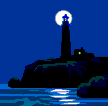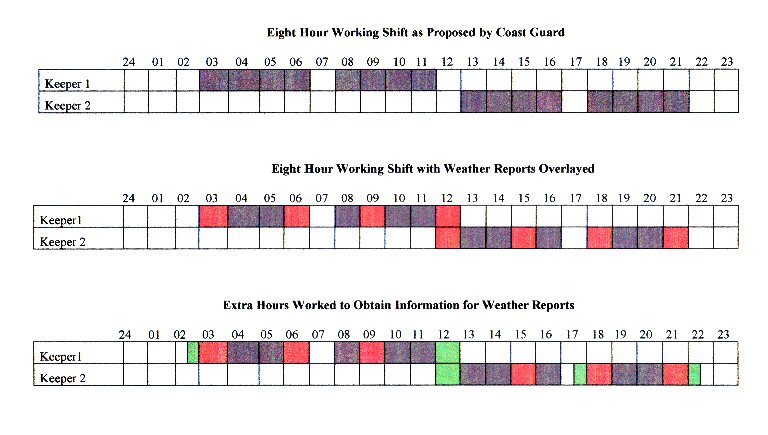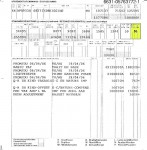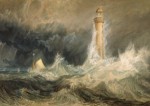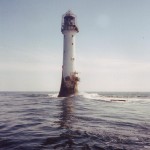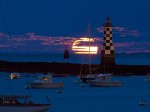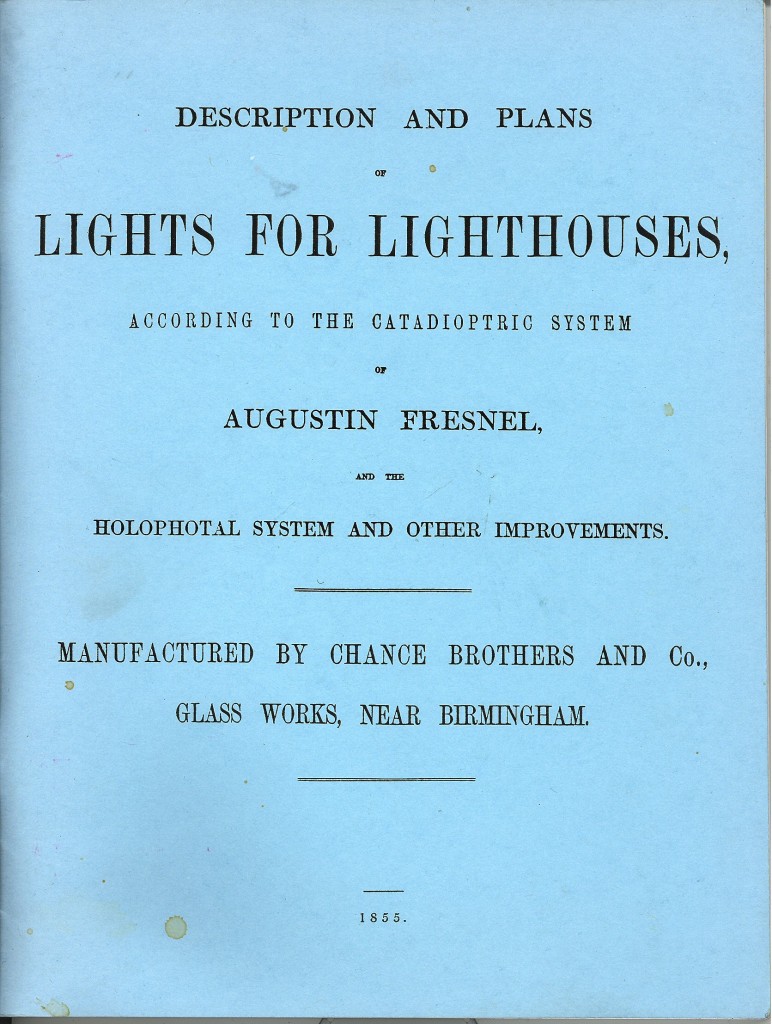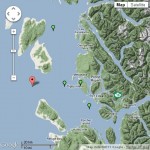For years the lighthouse has been a religious symbol, a beacon, guiding ships and/or people in the right direction. I accidently came across this song on Youtube called The Lighthouse sung by another group called The Happy Goodmans, but I liked the Elvis Presley version better. It is definitely not Rock and Roll but along the lines of his famous rendition of In the Ghetto, which is one of my favourites.
[spoiler title=”Lyrics” open=”0″ style=”1″]
There’s a Lighthouse on the hillside
That over looks life’s sea
When I’m tossed it sends out a light
That I might see
And the light that shines in darkness now
Will safely lead us o’er
If it wasn’t for the Lighthouse
My ship would be no more
Chorus:
And I thank God for the Lighthouse
I owe my life to Him
For Jesus is the Lighthouse
And from the rocks of sin
He has shown a light around me
That I could clearly see
If it wasn’t for the Lighthouse (tell me)
Where would this ship be?
Everybody that lives about us
Says tear that Lighthouse down
The big ships don’t sail this way anymore
There’s no use of it standing round
Then my mind goes back to that stormy night
When just in time I saw the light
Yes, the light from that old Lighthouse
That stands up there on the hill
Repeat Chorus (x2)
If it wasn’t for the Lighthouse (tell me)
Where would this ship be? [/spoiler]
I am posting this now because I again accidently stumbled upon this page: God’s lighthouse will help navigate our lives. Now, I am not very religiously inclined, but this text explains the song and the reason for the song better than I could:
God has a lighthouse that overlooks life’s sea. Some these days are lobbying to tear it down, especially the so-called politically correct.
They argue that the big ships of life’s important issues don’t sail that way anymore, and so it only serves to cause an offence and its position could be better occupied with other more important, useful and popular services.
Then my mind goes back to a stormy night, when just in time I observed its beams piercing through the darkness and I ask myself the question: If it hadn’t been for that lighthouse where would my ship be today?
I speak for many when I say, as the songwriter puts it: “I thank God for the lighthouse,” and “that we owe our life to Him, because you see Jesus is God’s lighthouse and He is still saving lives from the rocks of sin”.
Jesus said: “I am the light of the world.”
Unlike certain previous generations, we often obscure God’s lighthouse from our children’s view and wonder why they are breaking up on the rocks of crime and vice at an ever-alarming rate.
This lighthouse was not erected by the hands of men but by Almighty God Himself 2,000 years ago, not to be hid, but to serve as a guiding light enabling us to navigate through life’s journey.
God so loved the world, that He gave His only begotten Son Jesus who, on our behalf, took the punishment for our sin on the cross at Calvary preventing us from perishing in order that we may also receive everlasting life. So many around the world today can truly say that if it hadn’t been for that old lighthouse their ship would no longer be sailing life’s ocean today.
Thank God for the lighthouse shining as bright as ever. – this is Cornwall
From the theme of the text, it seems that some people are trying to tear down a lot of lighthouses, be they be spiritual or material. I for one am against tearing down both. They both are guiding lights for some people. Mind you, not all people believe in God or sail the seas, but for those that do, a lighthouse is a comfort.
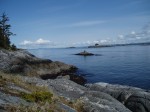
I know a lot of people thought the lighthouse that I tended at McInnes Island was a godsend when they had battled the stormy Northwest seas, and I mean this realistically, because when they came behind the lighthouse at McInnes Island they were in calm waters and felt safe.
So, enjoy the song, and if you wish to listen to different versions, then please check out the singers below – all available from Youtube.
J. D. Sumner and the Stamps Quartet
Any others?
